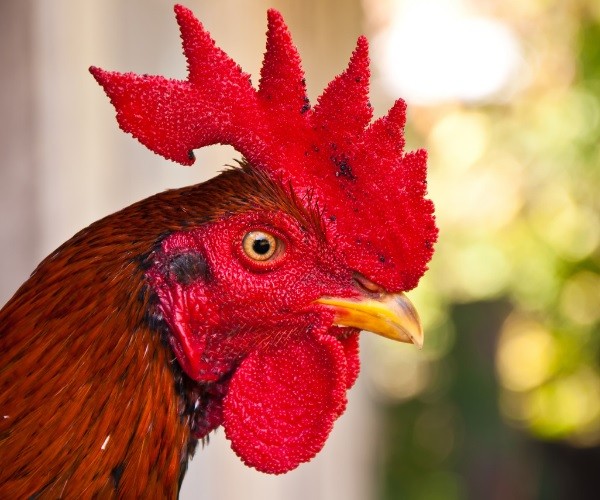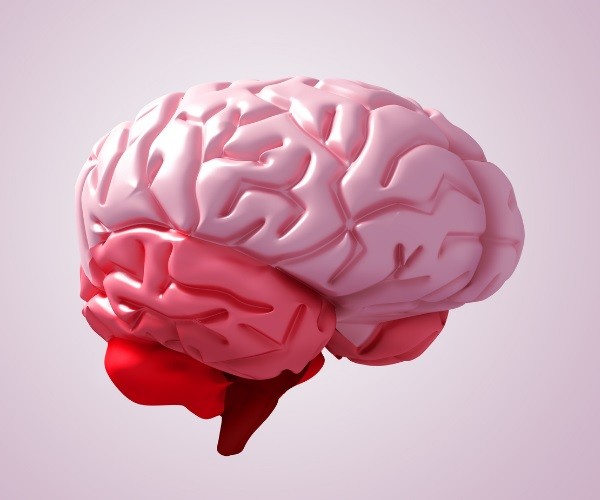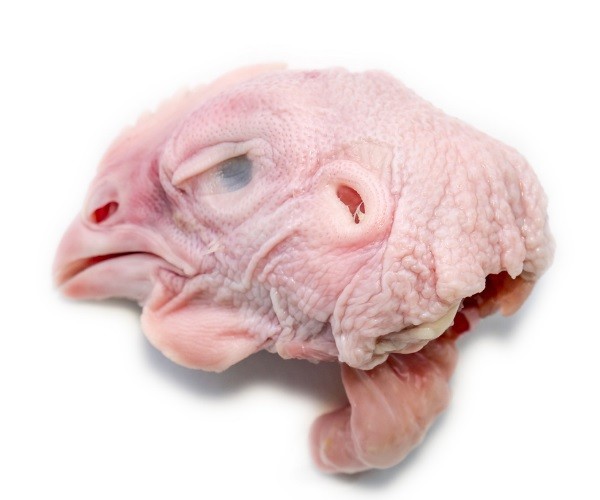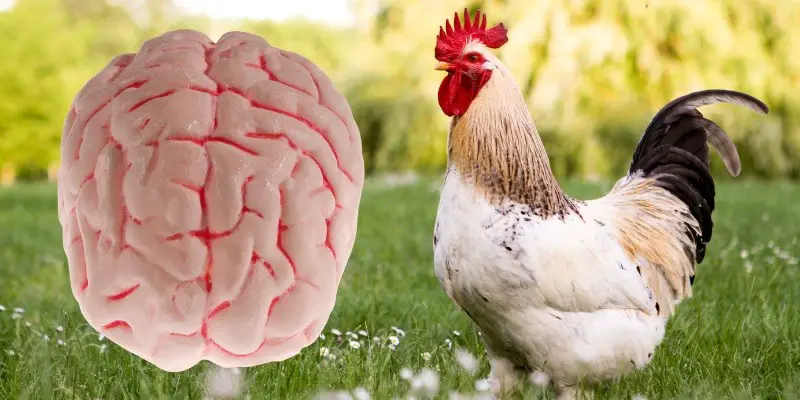Last Updated on January 14, 2025 by Pauline G. Carter
Yes, chickens do have brains. Like all birds, chickens possess a fully functioning brain, which is central to their nervous system. Their brains are relatively small compared to their body size, but they are complex enough to handle various functions necessary for survival. Chickens use their brains for daily activities such as foraging for food, recognizing other chickens, and responding to potential threats.
Despite their small size, chicken brains facilitate a range of cognitive functions and behaviors. Research has shown that chickens can demonstrate some level of memory, learning, and emotional response. This includes their ability to learn from experience, remember individuals, and exhibit social behaviors within their flock.
Does My Chicken Have A Brain?
Yes, your chicken has a brain. Their brain is quite complex and functions uniquely. The first thing you must know is that chicken brains are wired differently from human brains. They are differentiated into two hemispheres that each comprehends information differently.
Thanks to their brain, chickens enjoy monocular and binocular visions. What this means is that they can look at different images at the same time without having the tell-tale vision overlap.
As a result, monocular vision allows the chicken to get a panoramic view of its environment and stay primed for attack. On the other hand, binocular vision will enable them to recognize other birds and look out for food.
Where Is The Chicken’s Brain Located?

The stem and parts of the chicken’s brain that keep it alive are located at the back of its skull. This is the main reason why they can survive for a short while after their head has been cut off.
What Is The Size Of A Chicken’s Brain?

Take a wild guess on the chicken brain size. Tiny? Congratulations, you are right. Well, it’s not so hard to infer the size of their brain considering that chickens have really small heads.
Chicken brains pale in size when compared to the rest of their body. They are about the size of a few peanuts placed side by side. Scientists say the small brain size is a result of thousands of years of selective breeding. The original red jungle fowls have larger brains than the domesticated chickens.
The change in their brain-to-body mass ratio is because domestic chickens have adapted to the living conditions provided for them. They are less frightened by things around them and are now bred to be fatter so that we can get more meat.
Read More – How Many Nesting Boxes Per Chicken?
Are Chickens Smart?
The question of whether or not chickens are smart is as old as time itself. Yes, chickens are smart and anyone who has ever raised one can tell you that.
They demonstrate a wide range of skills such as problem-solving, social reasoning, and adjusting their behavior based on past experiences.
Each chicken has its likes and dislikes, ways of interacting with other animals, and favorite things to do. They display behavioral sophistication and social interactions that are akin to those displayed by humans.
Chickens can also recognize their owner, pick up routines (feeding time), and interact with people. Yes, so you see, chickens are far from dumb.
Are Chickens Ambidextrous?
Yes, thanks to their complex brains, the chickens are ambidextrous. The left hemisphere of their brain controls movement on the right side of the chickens. So, oftentimes, chickens will start scratching with their right foot and then determine if an object is food or not with their right eye.
Thanks to their quick reflexes, they can switch from the left side of their body to the right. However, they generally seem to prefer using their right foot and right eye for movement and sight.
Read More – Do People Eat Roosters?
Can A Chicken Survive Without Its Head?

The simple answer to this question is no. You’ve probably heard stories about chickens running around even after their heads have been cut but this lasts for no more than a few minutes.
The primary reason for this is that the brain gets disconnected from the rest of the chicken’s body once the head is cut off. However, because the body may still have residual oxygen, the body jerks uncontrollably.
However, there’s the story of Mike the chicken who kept living for 18 months after getting beheaded. No, it wasn’t sorcery. When farmer Lloyd Olsen butchered Mike, he missed some vital parts of his brain.
This continued connection of the brain with the rest of the chicken’s body allowed it to keep moving and surviving even without its head!
How then did Mike live for so long without food you ask? Well, farmer Lloyd was resourceful. He fed Mike a high-quality liquid diet via a syringe. Oh well, what can we say? Mike was one helluva lucky chicken and a famous one at that.
Conclusion
Chickens are intelligent birds with sophisticated brains! Because their brains are located at the back of their heads, they can keep moving for a while even after their head has been severed from the rest of their body. For more interesting facts on chickens, look up the story of Mike the chicken.

